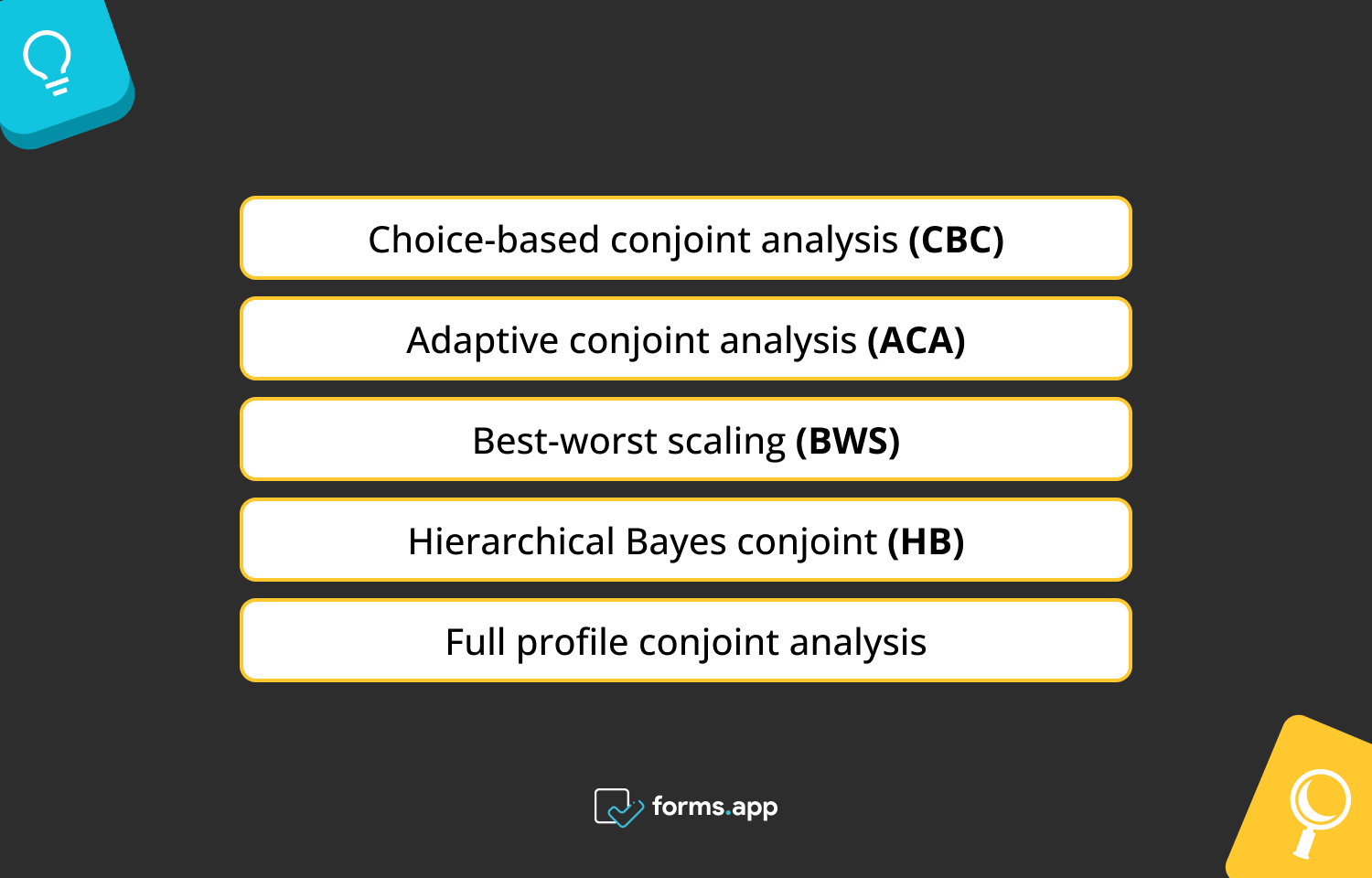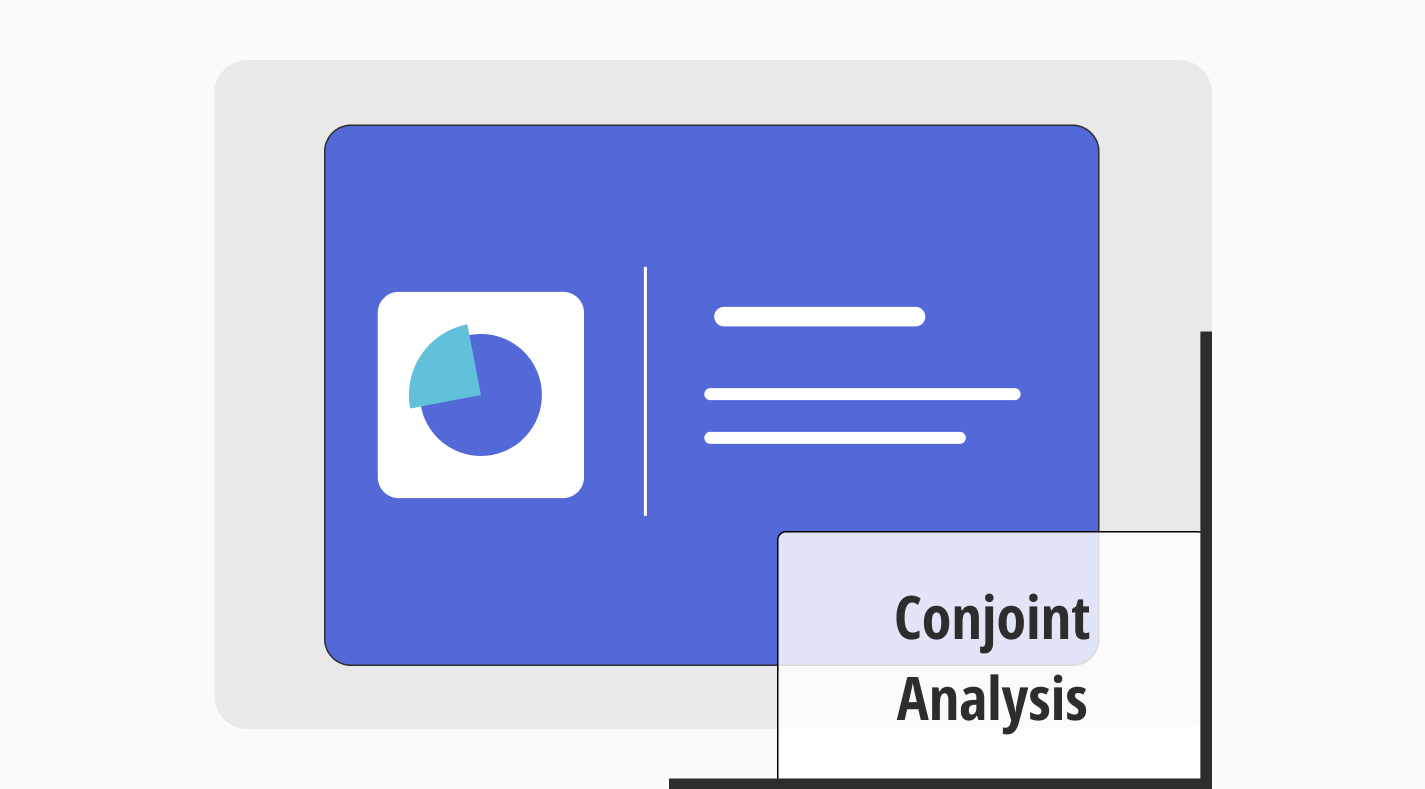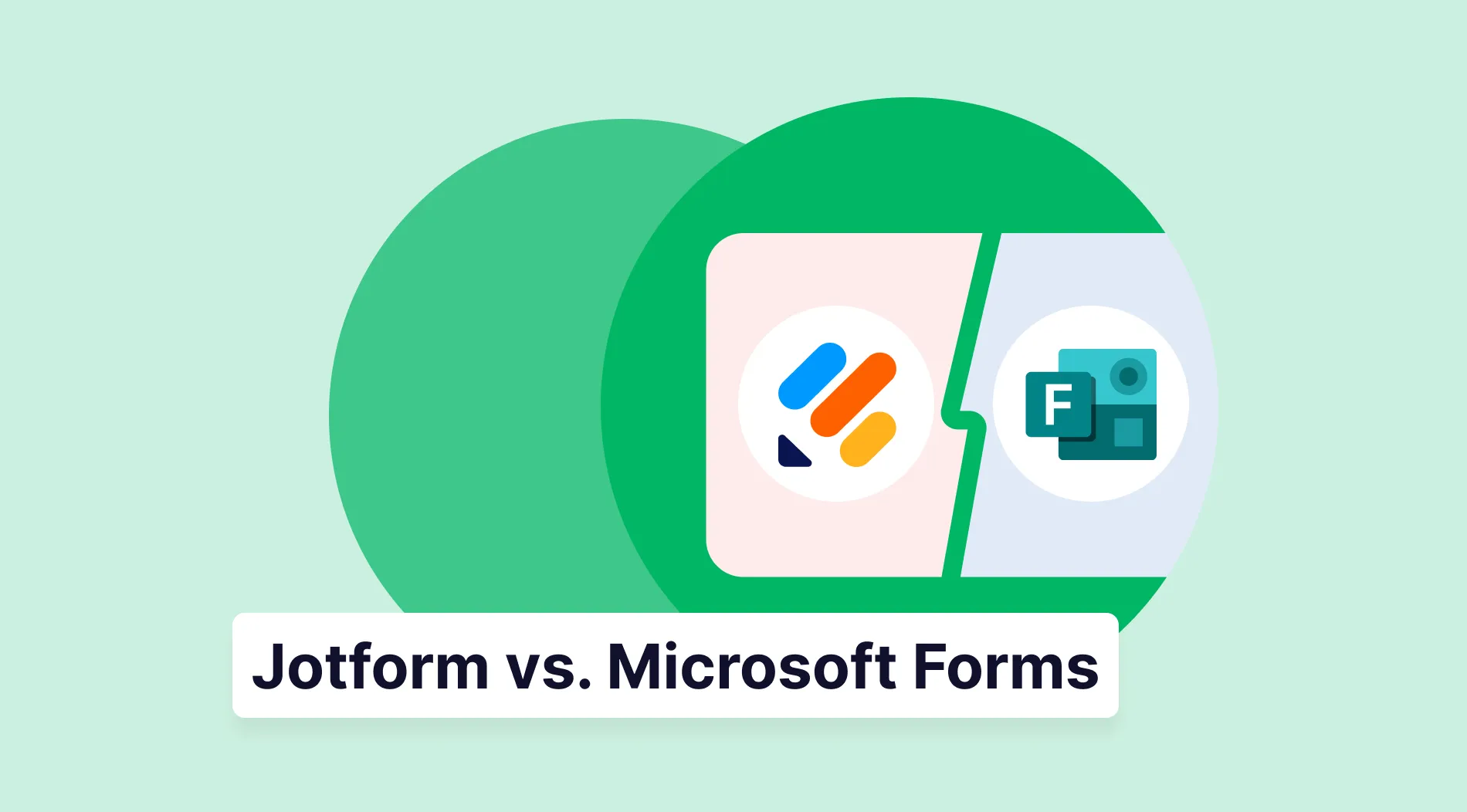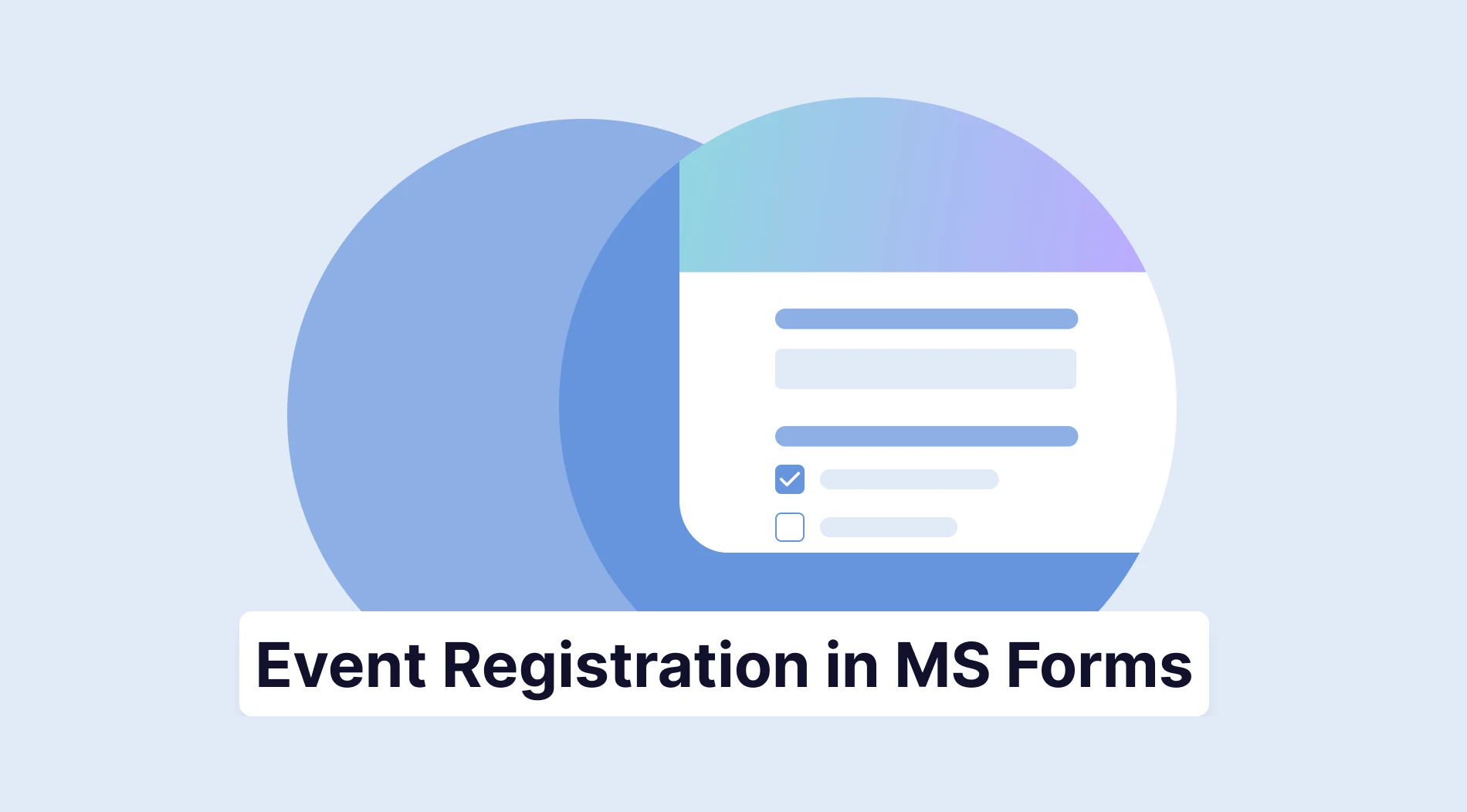Conjoint analysis is one of the methods for improving the marketing of a business. Therefore, it is a flexible analysis that can be used in many areas, from real estate to food sales. Understanding your customer and product profiles and extracting a handful of data from them with conjoint analysis is possible. Large and small businesses can use the analysis data to provide better services to their customers and elevate their products to the next level.
In this article, the general overview of conjoint analysis is presented with examples. When and why you should need conjoint analysis are explained with elegant descriptions. Methods and tips are given to make your own conjoint analysis in the perfect form. Now, it is time to learn and get started!
What is a conjoint analysis?
Conjoint analysis is basically a market research tool used to survey people about their thoughts and choices on the relevant marketing strategy or product by comparing them.
Although it was first developed as academic research, businesses have been taking advantage of it for sixty years, maybe more than academia. Researching consumers' own preferences through surveys actually results in quantitative research. And when this data is interpreted well, positive developments are observed for the businesses.
Advantages of using conjoint analysis
Conjoint analysis is an effective method because it investigates consumers' habits in line with a real-world scenario. You achieve results with the consumers’ own guidance to provide better products and services suitable for them. Thus, you can increase your share in the competitive market and strengthen the future of your company. To put it precisely, it reveals:
- consumers' personal preferences,
With conjoint analysis, it is possible to find a link between real-world options and customers' personal preferences. Especially with adaptive conjoin analysis, it is possible to understand the differences in choice between individuals and the reasons that lead to this choice. Thus, this data will be useful for the products or services that you want to offer, providing a more personal experience.
- which segment or feature of a product or service you should focus on,
Conjoint analysis determines which aspects and parts of products and services are preferred by consumers. In light of this data, businesses can optimize their market appeal by focusing on these aspects.
- attributes that may have been overlooked,
In conjoint analysis, you can create a segment for responders to write their non-optional thoughts on some surveys. In this way, you can reach a different perspective than the one you highlighted.
When to conduct a conjoint analysis
The answer to this question is actually a short answer, as always. Because you should always be a business that has knowledge of the consumer, the consumer may know your product better than you do. All in all, there are some important milestones and steps that can be a better time to conduct your conjoint analysis.
- When you design a new product or present your design to the public
- To measure the value of your products and services alongside those of other companies
- To find out whether consumers are satisfied with the pricing in the market
- To learn what steps you may take to improve your products
Types & examples of conjoint analysis
There are mainly two types of conjoint analysis. They are adaptive conjoint analysis(ACA) and choice-based conjoint(CBC) analysis. There are, of course, other analysis types, but they are merely presentation changes. They have their own methodology for understanding consumer preferences, which will be described below. And also these types will be supported with conjoint analysis examples to get a better understanding.

Conjoint analysis types
Choice-based conjoint analysis(CBC)
It is known as the most common and beneficial type of conjoint analysis. In this analysis, consumers are presented with purchasing options and asked which product/service they would choose in certain situations. This type of analysis is actually very possible to observe in your life. Especially if there is an option to compare the features of a product with another product on shopping sites, conjoint analysis is exactly what you have done here.
Example: You offered consumers two different washing machine options to choose from, with three of their four features similar to each other. Here, consumers can focus on their budget, the year of the product, its durability, etc., and will make their choice by paying attention to these factors. After analyzing this choice-based data, you can improve your product, release it on the market, or withdraw it from the market.
Adaptive conjoint analysis(ACA)
This type of analysis is designed to be used where more than choice-based analysis is required. Because CBC is a very general type of analysis, you need to analyze a wide range of consumers. However, with ACA, you can draw more limited but precise results by analyzing certain products related to your target consumer group with a number of predetermined factors. This way, you will have a more personal customer profile.
Example: You presented ten different smartphone models. They have different features, and you demand customers to make choices. After each choice, you narrow the models down and make them choose again. The final choice gives you the personal profile of that customer.
Best-worst scaling(BWS)
In this type of analysis, participants are asked to choose the best and worst attributes of each product or service. This type of choice-based analysis may be more burdensome to participants. In choice-based analysis, you have to make these inferences in the data analysis section, but you sort of solve this thanks to the respondents.
Example: You presented three different travel agency packages to participants and asked them to choose the best and worst profiles. They can choose package A as best and package C as worst. This way, you will have important data for your business.
Hierarchical Bayes conjoint (HB)
Hierarchical Bayes conjoint is a different perspective to conjoint analysis used to profile individual and overall choices. It is an analysis that aims to reach definitive results by evaluating data from individuals with various preferences. However, these preferences will also help to understand overall trends in the market.
Example: You want to produce a new laptop model but don’t know which attributes should be involved in this model. So you can analyze results from both individual and overall perspectives to develop your new laptop model.
Full profile conjoint analysis
This is one of the most basic analysis methods. In this method, you can present profiles in the survey, which are all attributes of a product or service. Then, you ask consumers to rank profiles according to their attribute levels.
Example: There are three products, which are X, Y, and Z. Then you make respondents choose which one is ranked 1, 2, or 3.
5 tips for a better conjoint analysis
Analysis is an important effort that can be conducted by anyone who knows a little bit about it. But it is always possible to do better with the help of experts. When making a conjoint analysis, there are some tips that you may have missed or might want to learn about. Now, 5 tips are standing between you and better marketing:
1. Avoid creating absurd and unrealistic situations: So the data from the participants will be more realistic. You can research available conjoint analysis examples and figure out how to prepare for yourself.
2. Complex and lengthy surveys are prone to producing inaccurate data: Prepare your survey in a form that will not tire or bore participants and that they can follow easily.
3. Do a pilot test with fewer people beforehand without conducting a more extensive survey: This is an especially useful step to take before large-scale surveys.
4. Visual data is always more understandable than written data: Therefore, visualize your survey as much as possible. Since conjoint analysis already has a structure suitable for visualizing, you can achieve this with appropriate tools and programs.
5. Analyzes are improving day by day in the business world: So always be up to date and follow the latest developments. Get help from experts when necessary and do better work.
Frequently asked questions about conjoint analysis
Sometimes, no matter how many examples are given, some points may be overlooked, or one may want to jump directly to that point. That's why frequently asked questions about conjoint analysis have been compiled for you here. You can find answers to your questions in a short and concise way.
A research scope must first be determined in conjoint analysis, as in every analysis. Secondly, create a product or service profile that suits your conjoint survey. Thirdly, use that profile to survey attendants and collect the data. Fourthly, choose a conjoint analysis method to analyze your data. And lastly, interpret this data and take the initiative.
There are four main components: questions that ask consumers to make choices, attributes that are specific features of a product or service, levels that are the value range of the attributes, and lastly, profiles that show all attributes of a product or service.
Conjoint design is subject to analysis. You prepare a conjoint design as a data collection step. You determine what kind of conjoints go together in this step. However, conjoint analysis is derived from the responses to that conjoint design.
Conjoint analysis can be useful in evaluating existing products and services in general. However, in cases where a new concept or perspective is brought to the market, this type of analysis may yield very little effective results. Or, this type of analysis may not be useful for products that are too complex to be compared with a few features.
Final words
In this article, what is conjoint analysis in marketing is described. In addition, the subject is explained better by giving sample cases and analysis methods. Regardless of whether they are small or large businesses, they can increase their chances of competing in the market by using this analysis. Better marketing is possible with the right purpose and correct analysis at the right time.
forms.app, your free form builder
- Unlimited views
- Unlimited questions
- Unlimited notifications




